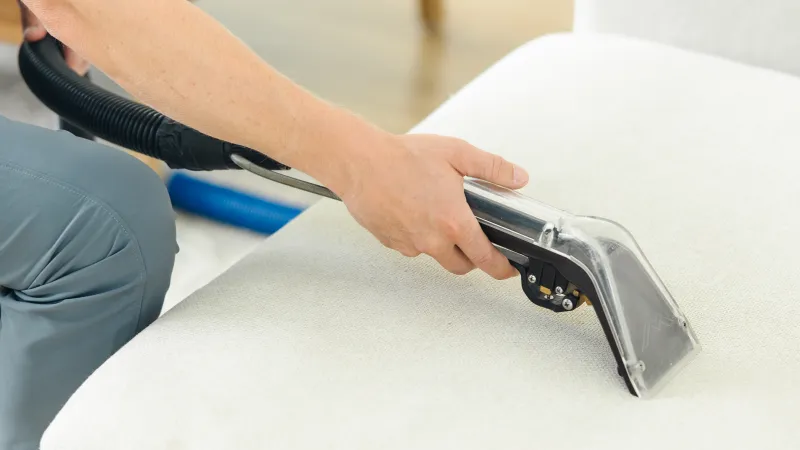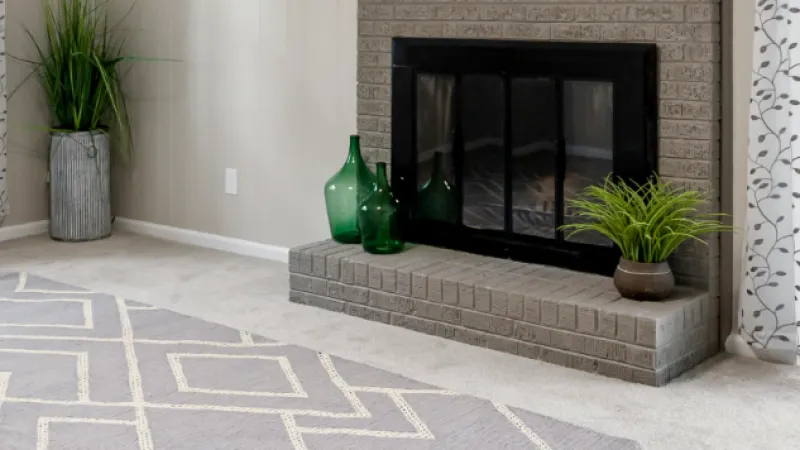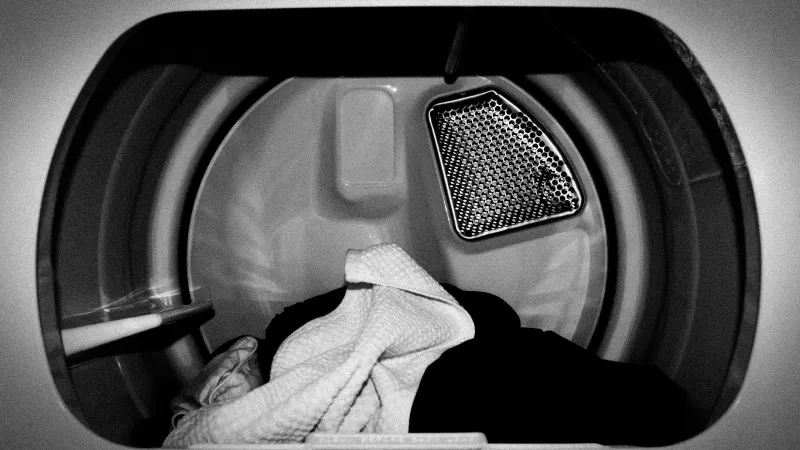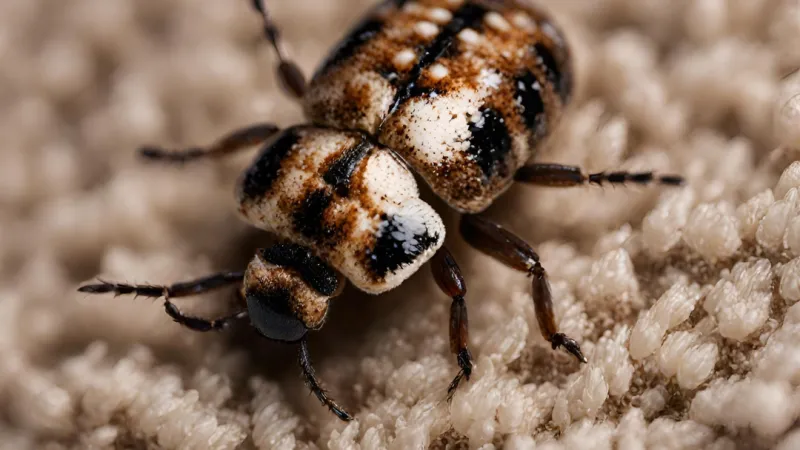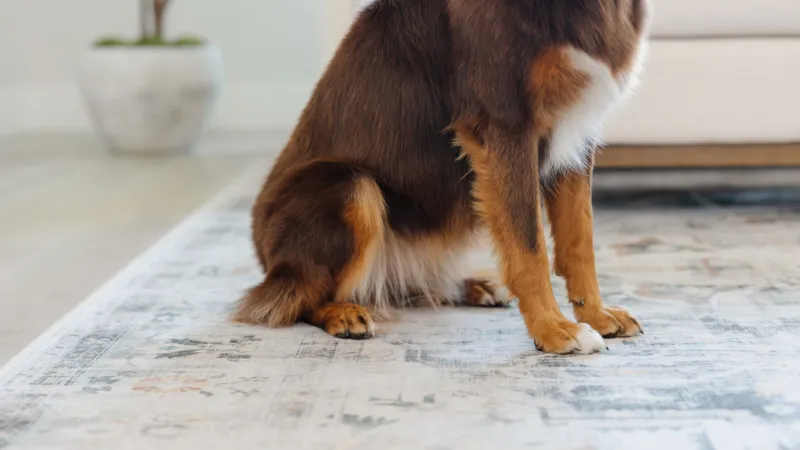Insanely Clean Carpets®
Experts in the Science of Clean™
People and technology you can trust.
Our Clean Experts use the latest cleaning technology to help you experience a more thorough, longer-lasting clean.
Our Zerorez technology cleans with Zr™ Water - a powerful, non-toxic cleaner, replacing the need for soaps, detergents, or harsh chemicals that many traditional cleaners use. Without soapy residue bonding to carpet fibers, your carpets stay cleaner longer.
Check out our customer reviews below!
-
Safe for People, Pets, and the Planet
-
Patented Zerorez Technology
-
Platinum Certification by the Carpet and Rug Institute
A Clean, Healthy Home™
There's something about a clean home that makes you feel better.
Whether it's a nasty spill, a mess from your pet, or just been too long since your last professional cleaning, with Zerorez, we help homeowners set the stage for their best living by creating clean, healthy spaces. When you hire Zerorez, you can feel comfortable knowing we're removing dirt and grime from your surfaces. And we're doing it safely without soaps, detergents, or harsh chemicals.
Our highly-trained Clean Experts coordinate with homeowners to inspect, plan, and clean surfaces in the home.
-
Safe for People, Pets, and the Planet
-
30-Day Gotta-Love-It-Guarantee®
-
Highly Trained & Background Checked Clean Experts
Frequently Asked Questions
What is Zr™ Water?
Zr™ Water is a powerful, non-toxic cleaning agent that is heated, alkalinized, and ionized. This water is specially designed to rinse dirt, oils, and grime from your carpet without leaving behind any residue.
With zero soapy residue left behind, your carpets stay clean longer. That's because soaps and residue in your carpet fibers are sticky and actually attract dust and dirt.
I've Had My Carpets Cleaned Before And It Took Days To Dry. With Zerorez, How Long Does It Take The Carpet To Dry?
Our typical dry time is between 4 to 8 hours, but it could take more time or less time based on the temperature and humidity inside the home. In the meantime, it's completely safe to walk on the damp carpet (as long as you're comfortable with the cleanliness of your feet). Feel free to ask your cleaning specialist for a complimentary pair of shoe coverings.
Do you have a guarantee? What does it cover?
How Much Does Zerorez Charge For Carpet Cleaning?
Does Zerorez Clean Anything Other Than Carpet?
Because Zerorez's Zr™ Water technology works incredibly well on all surfaces, we're proud to offer a wide range of cleaning services. We offer the following services:
- Carpet Cleaning
- Upholstery Cleaning
- Carpet and Upholstery Fabric Protector
- Pet and Odor Treatment
- Tile, Grout, Stone Cleaning and Sealing
- Countertop Cleaning and Sealing
- And More (Depending On Location)
Is A Protector Applied To The Carpet?
How do you treat pet stains and odor? Is there an extra charge for the treatment?
Any service recommended by your cleaning specialist is optional.
If you decline pet treatment when it is necessary, please note that your 30-day Gotta-Love-It Guarantee® will be void for that area of your home. If you're unsure about potential biological issues, your cleaning specialist should be able to inspect the carpet with a special UV light that helps illuminate the contaminates in the carpet. Our highly-trained cleaning specialists will be able to identify problem spots and assess the severity of the contamination.
What Can You Do About Residue Left Behind From “Do it Yourself” spotting chemicals or Other Cleaning Companies?
Zerorez's carpet pre-treatment is engineered without soaps and detergents so we do not add to the problem. By pre-treating and agitating the carpet, we start to break down the residue in your carpet. Then, thoroughly rinsing the carpet with our patent-pending cleaning process and with our Zr™️ Water we are able to flush out a lot of the existing soils and residue. Depending on the level of residue that has bonded to your carpet fibers, we may not be able to break it all down the first time we clean.
After cleaning with the Zerorez way, it is important to not add new soaps or detergents back into the carpet.
What About Area Rugs? Can You Clean Them In The Home Or Do You Take Them Off-Site?
Please check with your local franchise to see what level of rug cleaning they offer. They will also be happy to provide a quote for your area rug cleaning needs.
Do you clean air ducts? What is the cost?
Do you offer any in-home cleaning products I can buy?
- We offer an environmentally friendly general spotter that is engineered without soaps or detergents. This product is good for general spotting on normal spills like food or soda, general soiling, etc.
- We offer an enzyme-based deodorizer that works great for pet stains and other malodors in your home.
- We also offer our Zr™️ Water for spotting and rinsing the carpet. We will refill the bottles free of charge every time we do additional work in your home or place of business.
What days are you open?
What should I do before Zerorez arrives for my appointment?
- We ask that you thoroughly vacuum the areas we will be cleaning.
- We typically run one person crews, so we ask that you move the furniture that you want moved. Some Franchises offer furniture moving for a small per area fee. If you need us to move the furniture please let us know ahead of time so we can send a two-person crew.
- We do not move large or heavy furniture like pianos, entertainment centers, bookcases, large beds or other similarly heavy items. We also do not move electronics (TV's, game systems, computers, lamps, etc.)
Is There a Cancelation Fee if I Have To Cancel My Appointment?
Do I Have To Be Home For The Cleaning
How Often Should I Get My Carpet Cleaned?
Does Zerorez move large items, breakables and electronics?
- Due to liability concerns, we do not move large or heavy furniture like pianos, entertainment centers, bookcases, large beds or other similarly heavy items.
- We do not move breakable items or electronics like televisions, game systems, computers, lamps, etc. Your technician will do a great job cleaning around any items left in the room.
